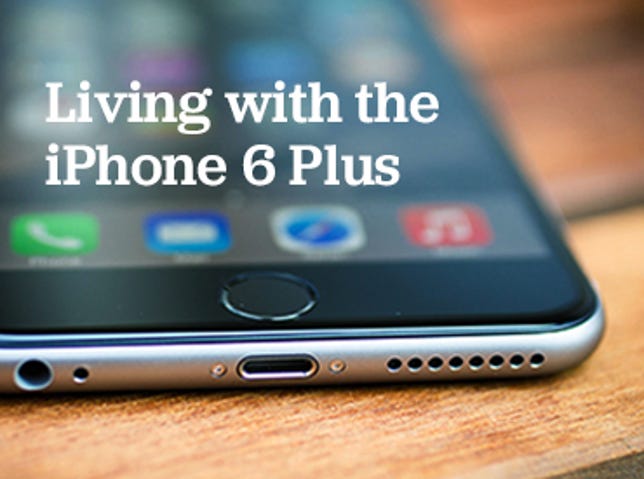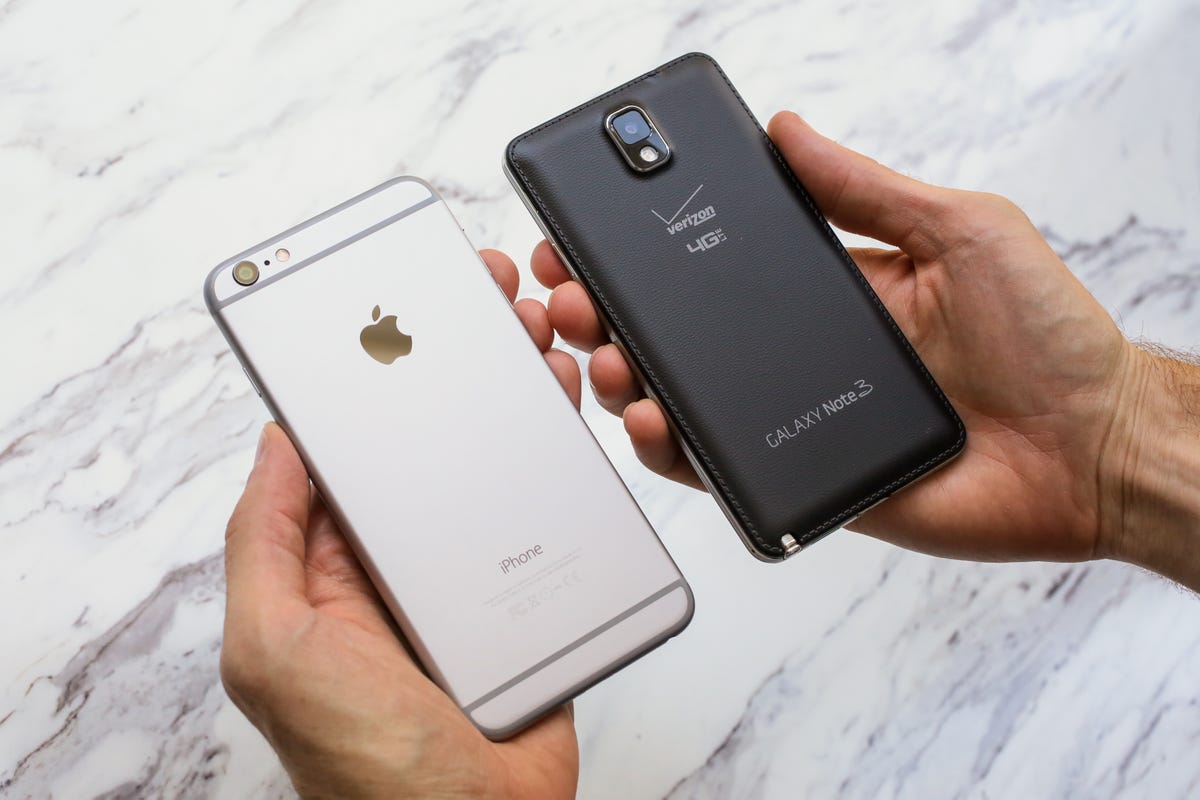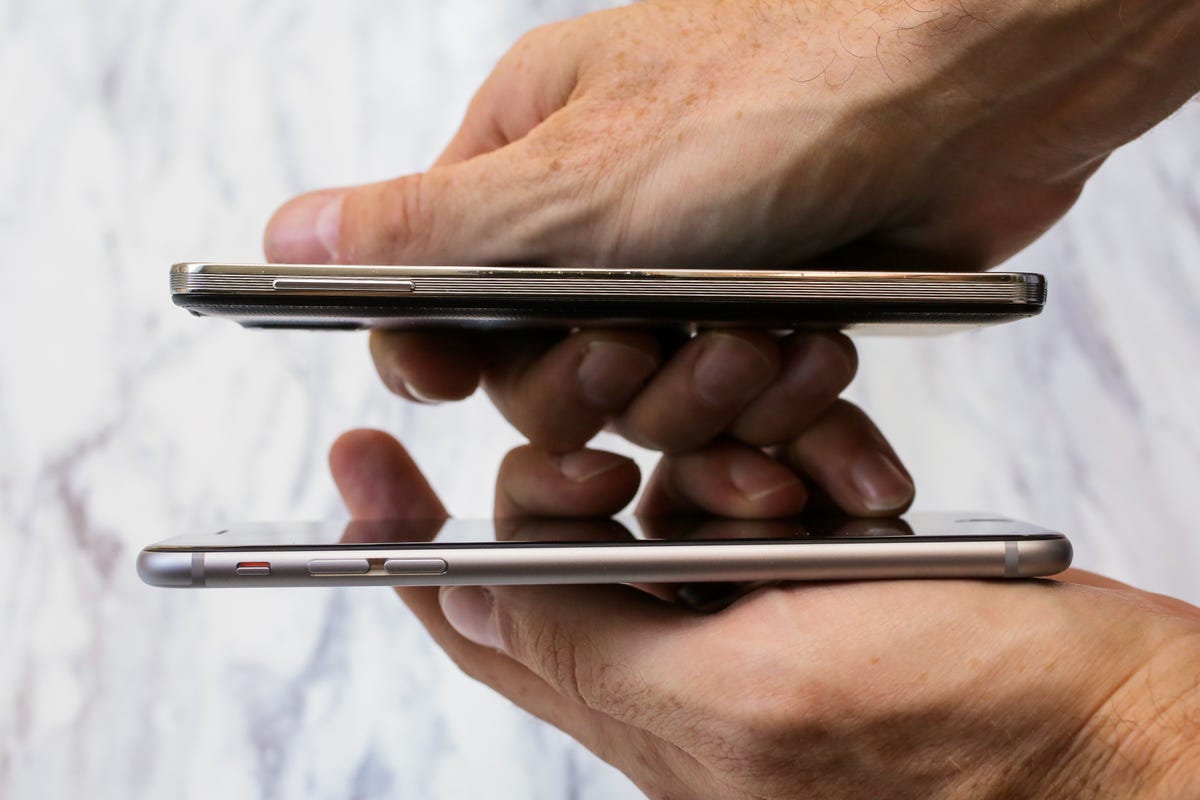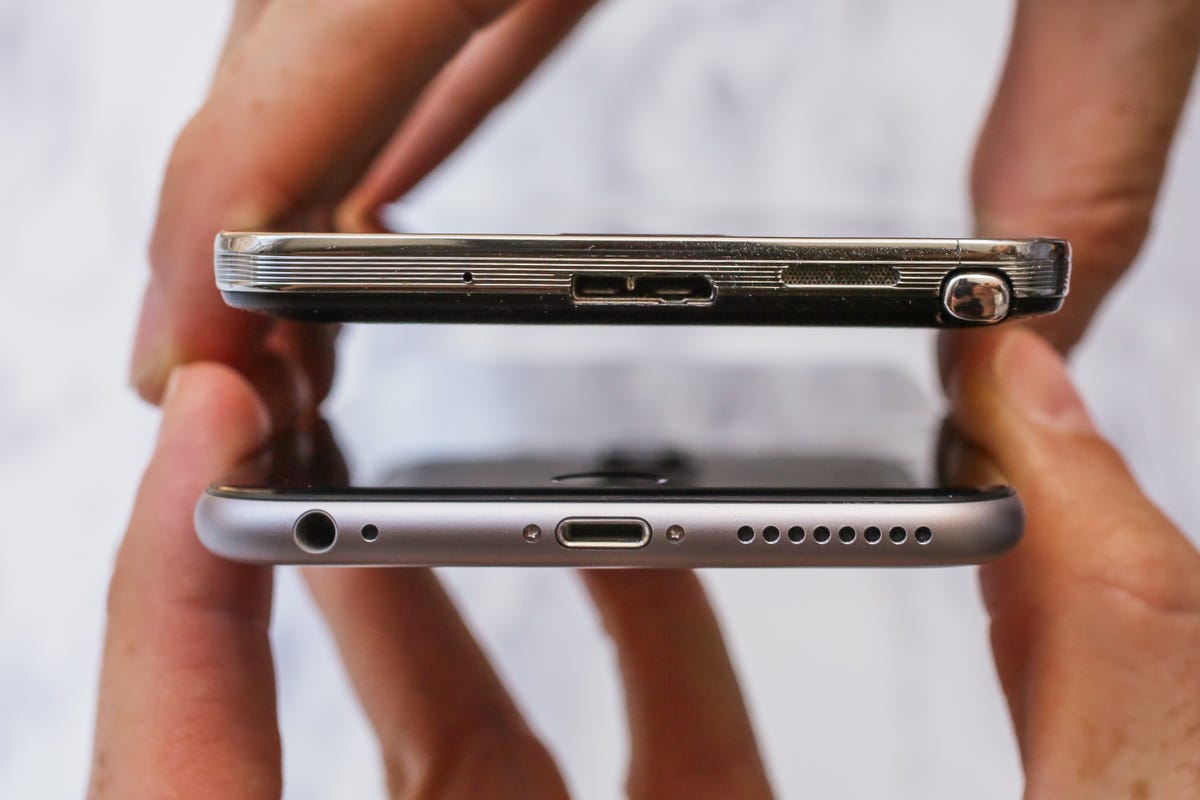
CNET
Much has been said about Samsung’s unwavering love for plastic — even though the company has never really admitted it as such. Where Apple’s iPhone 5c launched with Jony Ive waxing about its “unapologetically plastic” construction, Samsung has simply stuck by its guns, iterating and improving the look and feel of its devices without straying from their polycarbonate construction.
That changed with the Galaxy Alpha , of course, but at this point that phone seems like something of an experiment. And, while the Note 4 takes yet another step toward a more luxe feeling, it isn’t head and shoulders above the phone I’ve been using daily for about six months now: the Galaxy Note 3.
Compared to my previous phone, the Note 2, the 3 was a revelation. The ridged, chromed plastic edges give it a reasonably premium look and feel for something made from a material that itself offers no such pretenses. To try and upgrade the back, Samsung went so far as to install faux stitching in a faux-leather print.
It’s hardly a convincing fake, and fake materials are almost necessarily tacky, but for whatever reason I like it. The texture and material feel legitimately good in the hand. Also, the stitches and shape mean you can hold it very securely: round shapes may be more comfortable, but they’re also easier to drop.


Sarah Tew/CNET
That’s the polar opposite of the iPhone 6 Plus. The overall dimensions are roughly the same — a bit skinnier, a bit taller — but you’d almost never know it. The thinness is the most noticeable aspect, the iPhone being 2.5mm thinner, a difference that feels even greater thanks to those rounded edges. On its own, the Note 3 feels surprisingly slender. Put an iPhone 6 Plus in your other hand and everything changes.
Conversely, Apple’s lug of a phone seems heavier than the Note 3, despite the two being virtually the same weight. Just four grams separate the pair (172 for the iPhone, 168 for the Note), but the difference feels much greater. It must simply be the greater density of the iPhone throwing off my distinctly human perceptions.
iPhone 6 Plus vs. Samsung Galaxy Note 3 (pictures)






And then there are the details. The discrete volume buttons on the iPhone are far more pleasing to the touch than the single slab on the Note, and the great tactility of the lock/silent switch just above it isn’t found on the Samsung. So, too, the solid, responsive “click” feeling of pushing in the buttons, vs. the softer, less positive button feel on the Note. That said, I rarely hear of someone dealing with a broken power switch on a Note or Galaxy S, and I know plenty of folks who’ve had button failures on past iPhones. Hopefully the 6 and 6 Plus prove more reliable.


Sarah Tew/CNET
Plugging in the 6 Plus is also far more enjoyable. The Lightning cable has the obvious advantage of working in any orientation, but it’s also thinner and coils easier, so is better for packing. That said, the wider cable of the Note 3 means faster USB 3.0 data transfers — if your desktop or laptop is suitably equipped.
Then there’s headphone positioning, with the Note 3 featuring the 3.5mm jack up top and the iPhone putting it at the bottom. This one definitely boils down to personal preference, though I must say in general I prefer the bottom. This makes you less likely to stab someone with your headphone plug when standing on a crowded train or bus, and when you’re charging your phone while listening to music, all the cables are neatly coming out of one side.
Big things missing on the iPhone? I’ve already gushed about my love for the stylus in the first installment of this series, so I’ll refrain from mentioning that again. Another thing is the notification LED. This is something that I never think of when deciding which phone to buy, but I find myself missing it when living with a phone that lacks it.
And then, of course, there’s the big thing, the single biggest thing in the phone: the battery. It comes out. And, once it’s come out, you can put in a different one. The removable battery is a dying breed in modern smartphone design, declining in use thanks to the need to extract every fraction of a millimeter and fill every internal cavity.


Sarah Tew/CNET
The Note 3’s battery life is already great, but still I’ve lost count of the number of times I’ve been two-thirds of the way through a 14- or 16- or 18-hour workday and was saved by swapping in a second battery. Meanwhile, the iPhone 6 Plus has battery life that seems even more promising — but not having that extra tank on reserve makes me nervous about truly relying on it as a business tool.
Just one of the many reasons I’m still on the fence between these two. Next time, we’ll delve a little deeper on the software, and we’ll look at the relative camera performance of the two as well.



